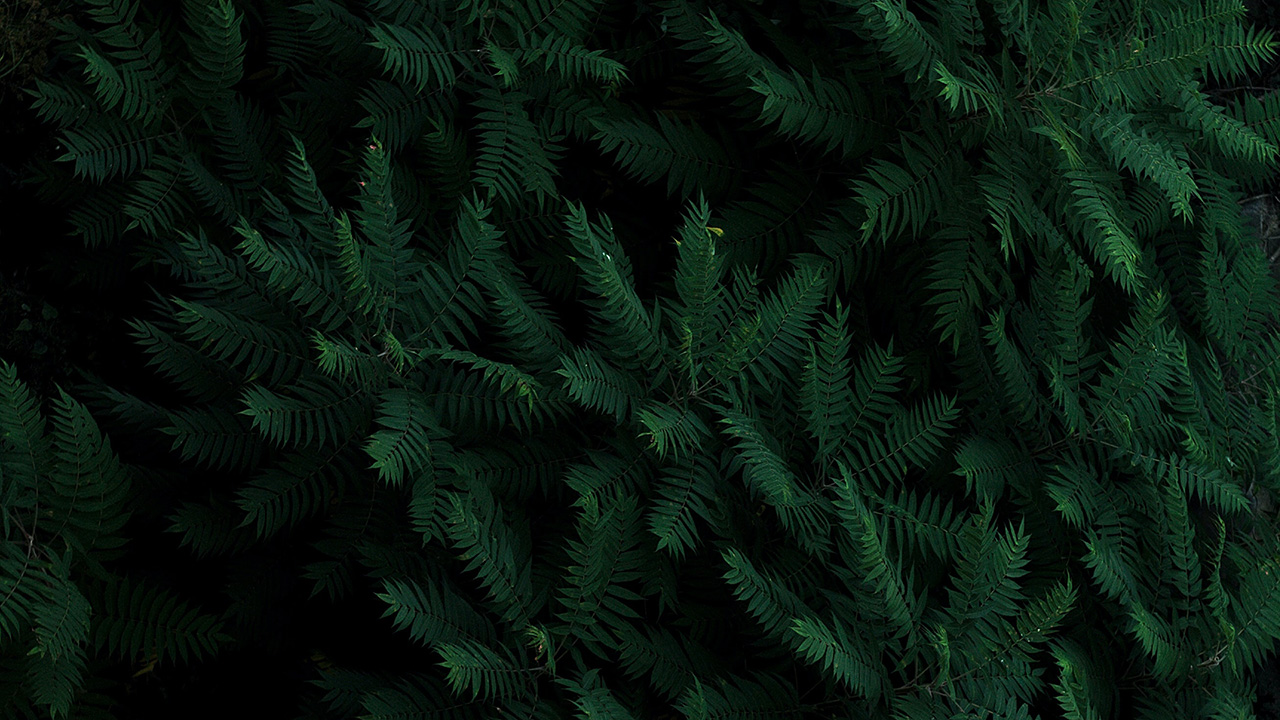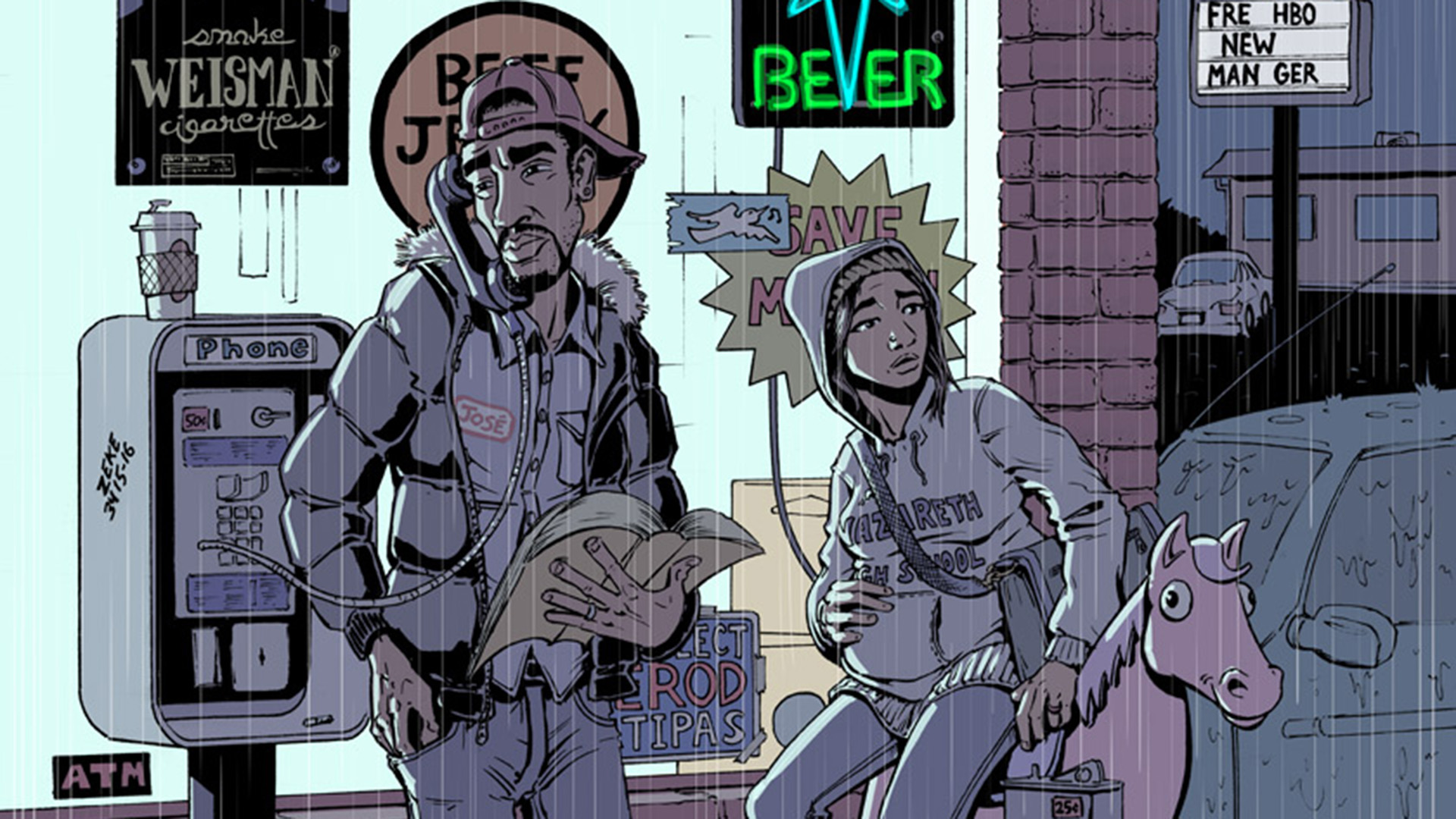The season of Advent, which officially began this past Sunday, plays an essential role in the Christian liturgical calendar. As the theologian and Benedictine nun Joan Chittister writes, “Advent is about learning to wait. It is about not having to know what is coming tomorrow, only that whatever it is, it is of the essence of sanctification for us.” Advent reminds us that followers of Jesus exist between the times, between the inauguration of the kingdom of God and its final fulfillment. To be a Christian is to learn how to live between promise and lament, joy and hope. As Karl Barth asked, “What other time or season can or will the church have, but that of Advent?”
Waiting is a form of faith, for faith is “the substance of things hoped for, the evidence of things not seen” (Heb 11:1). But waiting isn’t easy.
Waiting is a skill that requires cultivation. It is an invitation to put aside our present assessment of the world and root our being in that which lies beyond our reach. And this is not how we operate. We are creatures obsessed with the past and enchanted by the future. We constantly are on the lookout for what comes next and daily battle the regrets of what could have been. Waiting requires us to put both our past and our present in their proper place.
Advent is an invitation to enter into this reality.
In both its creation and enjoyment, art teaches us how to wait and live between the times. Art is unique in that it is both an experience located in the present and, at the same time, an encounter with something beyond itself. Art roots us in our present while pointing us beyond it and into greater mysteries. Like Advent, art acknowledges the human condition’s reality and imagines what life might be like beyond it. In a poem or piece of music, we experience an advent reality. A good story calls us into its secondary world to send us back into the world with a clearer vision, much like the darkened, candle-lit churches of Christmas Eve prepare us for the brightness of Christmas Day.
As we enter this Advent season, I invite you to embrace art as a practice in hope, and together let art and Advent work on our souls. How?
1. Read/write a poem a day during Advent.
Poetry, in my view, is the art of seeing the divine in the ordinary. The work of poetry is the hard work of seeing the goodness of God in the seemingly mundane. Reading and writing poetry teaches us to see the redemptive work of God in all creation. By engaging poets like George Herbert, Malcolm Guite, Gerald Manley Hopkins, and Wendell Berry, we learn to see the timeless in time. The poem itself serves as a life raft, holding us afloat as we wait. This Advent, put your pen to the page or take up a collection of poetry and learn to see the grandeur of God hidden within creation.
2. Listen to Handel’s Messiah.
George Frideric Handel’s Messiah is the quintessential Advent oratorio. It tells the story of the coming Messiah and his eventual death, resurrection, and return. Music engages us in ways we can’t always explain; the fall and rise of melodies move our souls and open us up to the emotional reality of our belief. By putting scripture to music, Handel captured the emotional weight of the Advent season. We often forget the immensity of Jesus’ story; then, the events of Advent and Christmas grow trite and repetitive. Music doesn’t engage our reason. It engages our imaginations, and by doing so, allows us to have a fresh experience with our founding story.
Listen to the gospel story retold in meter and melody. Sit, listen, and wait.
3. Engage in contemplative prayer with an icon.
Icons are windows into heaven. Throughout Christian history, men and women of God have used icons to aid them in prayer. The beauty and intentionality of the art was a means by which one could fix their hearts on “things that are above.” It was a focal point, a way to put aside distractions and focus. Icons point beyond themselves to the actual image of God, the eternal son full of grace and truth. By praying with an icon, we utilize our sense of sight to maintain a vision of our hope. In an icon, the glory of God is dimly veiled, and by gazing at it, we get a glimpse of the glory to come.
No matter what you do this Advent, know that the formative work of Advent and art takes time. This is why the Christian liturgical calendar is a cycle; each year, we renew our hope and learn to wait again. We are prone to impatience and doubt, but as we travel through the Advent cycle, we slowly train ourselves to wait, and by doing so, our waiting is no longer aimless wandering but an intentional journey to the heart of God.





